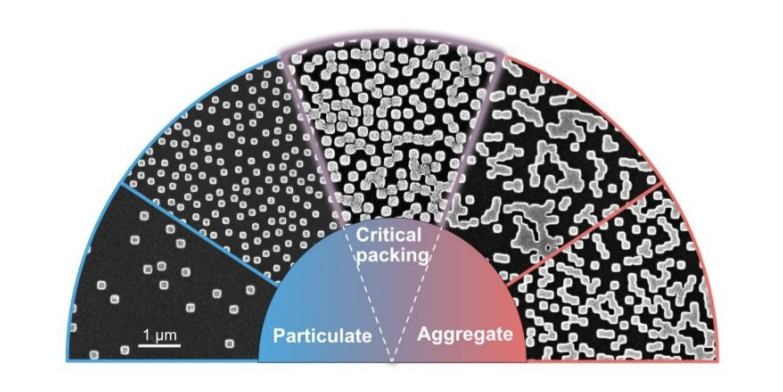<< At Harvard University in Cambridge, Massachusetts, and Columbia University in New York City, cuts to previously granted federal research funds have been accompanied by demands from the government. If enacted, the changes to departmental oversight, disciplinary procedures, campus police and governance structures would allow the government to dictate hiring, student admissions and disciplinary decisions. >>
<< So far, the US science community has been outspoken about the threats that funding cuts pose to health, innovation and the economy. Yet, few researchers have decried the devastation wreaked on science by attacks on civil liberties and the rule of law. >>
Andrew M. Leifer, Andrea J. Liu, Sidney R. Nagel. US researchers must stand up to protect freedoms, not just funding. Nature 641, 592-593. May 13, 2025.
Also: people who turn career into a game playing ... FonT. May 31, 2017.
Also: minimal risk, in FonT
Also: acad, in Font https://flashontrack.blogspot.com/search?q=acad. acad, in Notes (quasi-stochastic poetry) https://inkpi.blogspot.com/search?q=acad
Also: dance, game, transition, sars* covid* (aka 1or2achoos), forms of power, Mr. Donald, are you ready, in https://www.inkgmr.net/kwrds.html
Also: nefst (e.g. not embedded, freestyle thinker)
Keywords: life, acad, game, dance, transitions, nefst, 1or2achoos, minimal risk, turn career, forms of power, Mr. Donald, are you ready.
